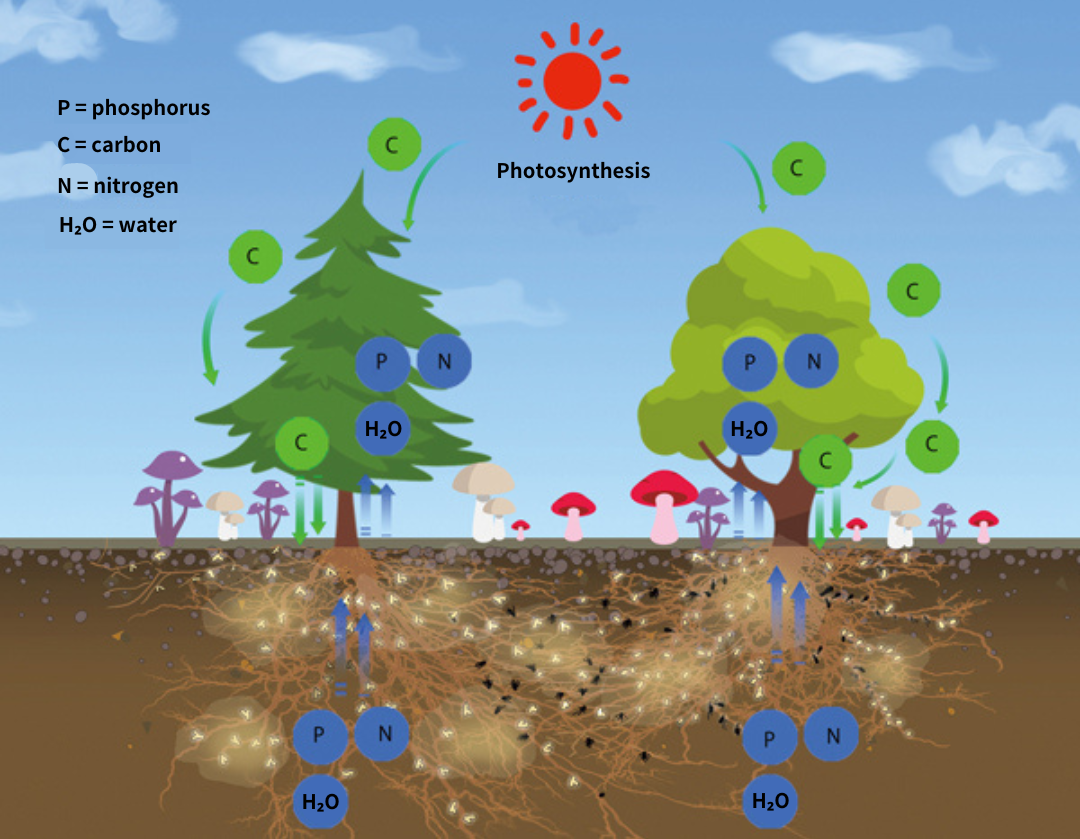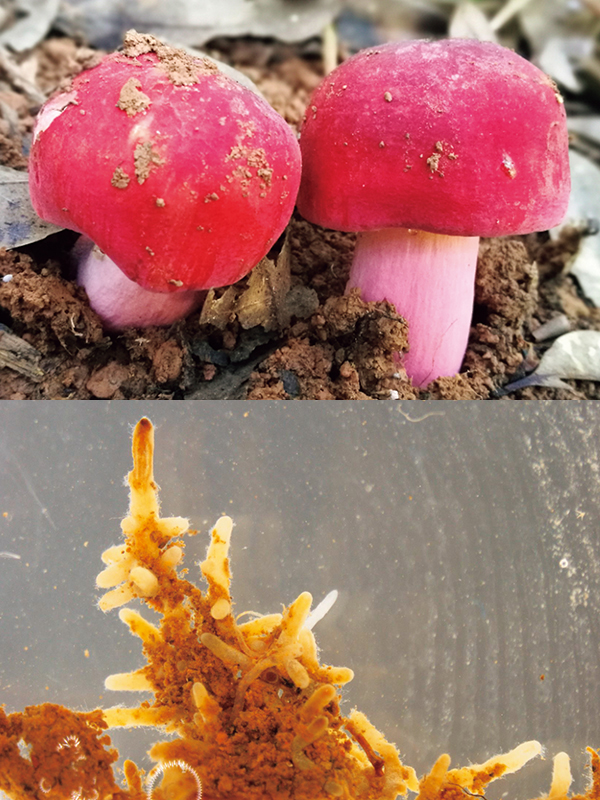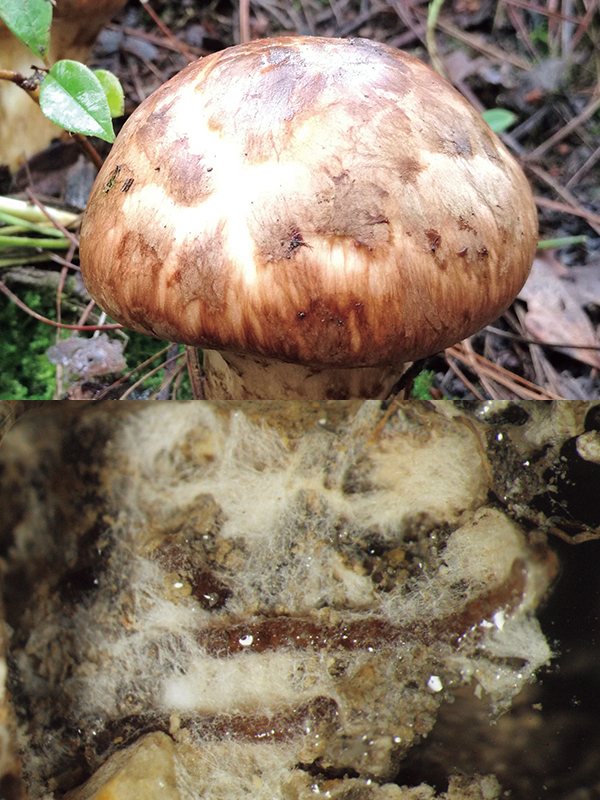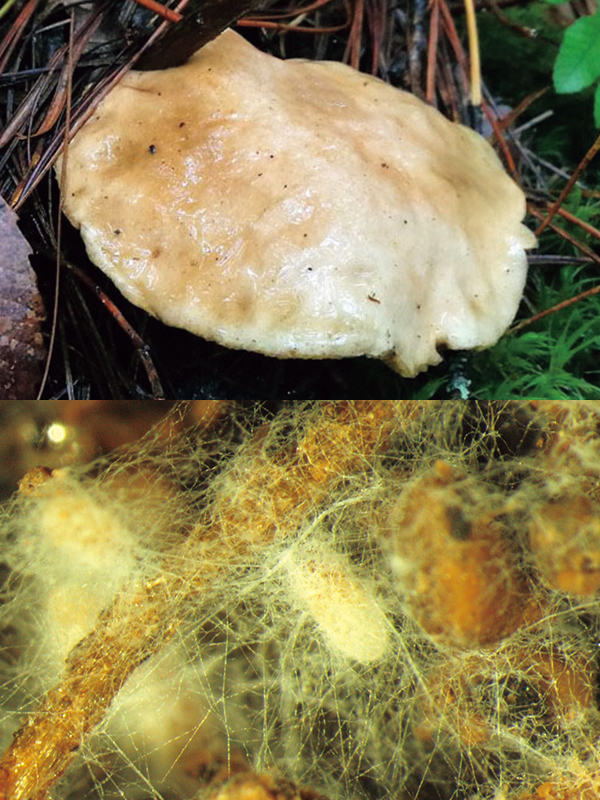UTokyo researchers answer questions on 21 GX (Green Transformation) topics from their specialist viewpoints. Through questions that cannot simply be brushed off as someone else’s concerns, take a peek into GX and our world of research.
Q10. Why are non-native species of plants and animals disliked?
We welcome people from all around the world, so why are some plants and animals restricted from being introduced into certain regions?Answered by Chunlan Lian
Professor, Graduate School of Agricultural and Life Sciences
Forest Science

Humans are the biggest destroyer of Earth’s ecosystems

Not all non-native species are harmful. But when they prey on native species, take over breeding grounds or contaminate gene pools in an introduced area, there is a risk that the balance of the local ecosystem will collapse. The Earth is said to be inhabited by approximately 30 million species of plants, animals, microorganisms and other living things, all maintaining a perfect balance with their surroundings. For example, the seemingly inconspicuous grass flourishing along the roadside may, in fact, play a crucial role within an ecosystem. And we benefit from microorganisms when they are used in the development of antibiotics and many other drugs. It is frightening when this biodiversity is lost and ecosystems are ruined, because nobody knows what the effect on the environment will do to humans.
Humans are the biggest destroyer of Earth’s ecosystems. While winds and other natural forces will always carry in materials such as pollen and seeds from outside, the impact is insignificant compared to that caused by humans. We should take care to treasure nature and keep our impact on it to a minimum.
Is Japanese matsutake going to disappear from the menu?
A number of non-native species are also causing problems in Japan, one of these being a parasitic nematode originally from North America that is damaging pine trees. All efforts to eradicate this pest since it arrived during the Meiji period have failed. While it does no harm to pines in its native North America, this nematode is inflicting huge damage on Japan’s pine trees, causing them to wither and die. Japan’s red pine forests have shrunk and the volume of matsutake mushrooms, which exist in symbiosis with the red pines, has also sharply dropped.
Trees grow by absorbing nutrients via their roots. Much of this nutrition is provided by mycorrhizal fungi coexisting with the roots in the soil. Various types of mycorrhizal fungi exist, and most of those that coexist with Japanese red pines produce mushrooms, including matsutake mushrooms. The mushrooms that we eat can be thought of as the “fruits” of the fungus where its spores are dispersed. The mycorrhizal fungi extend their hyphae (fungal filaments) deep into the soil beyond the reach of the tree’s roots, absorbing nutrients such as phosphorus and nitrogen from the soil, and transporting them to the tree. In return, the hyphae acquire carbon compounds photosynthesized by the tree, enabling the fungi to grow. Thus, if the tree is missing, the mycorrhizal fungi cannot form mushrooms and their life cycle is broken.
One of my areas of research is mycorrhizal fungi, and I want to make it possible to artificially cultivate edible mycorrhizal mushrooms such as matsutake. Although it is possible to increase the production of mushrooms to some extent by artificially controlling the conditions in the forests, most attempts to artificially cultivate mycorrhizal fungi have been unsuccessful. By using genome analysis and other methods to gain deeper insights into the reasons for such failures, I hope to contribute to the development of cultivation techniques.

Russula mycorrhiza

Matsutake mycorrhiza and hyphae

Slippery Jack mycorrhiza and hyphae







